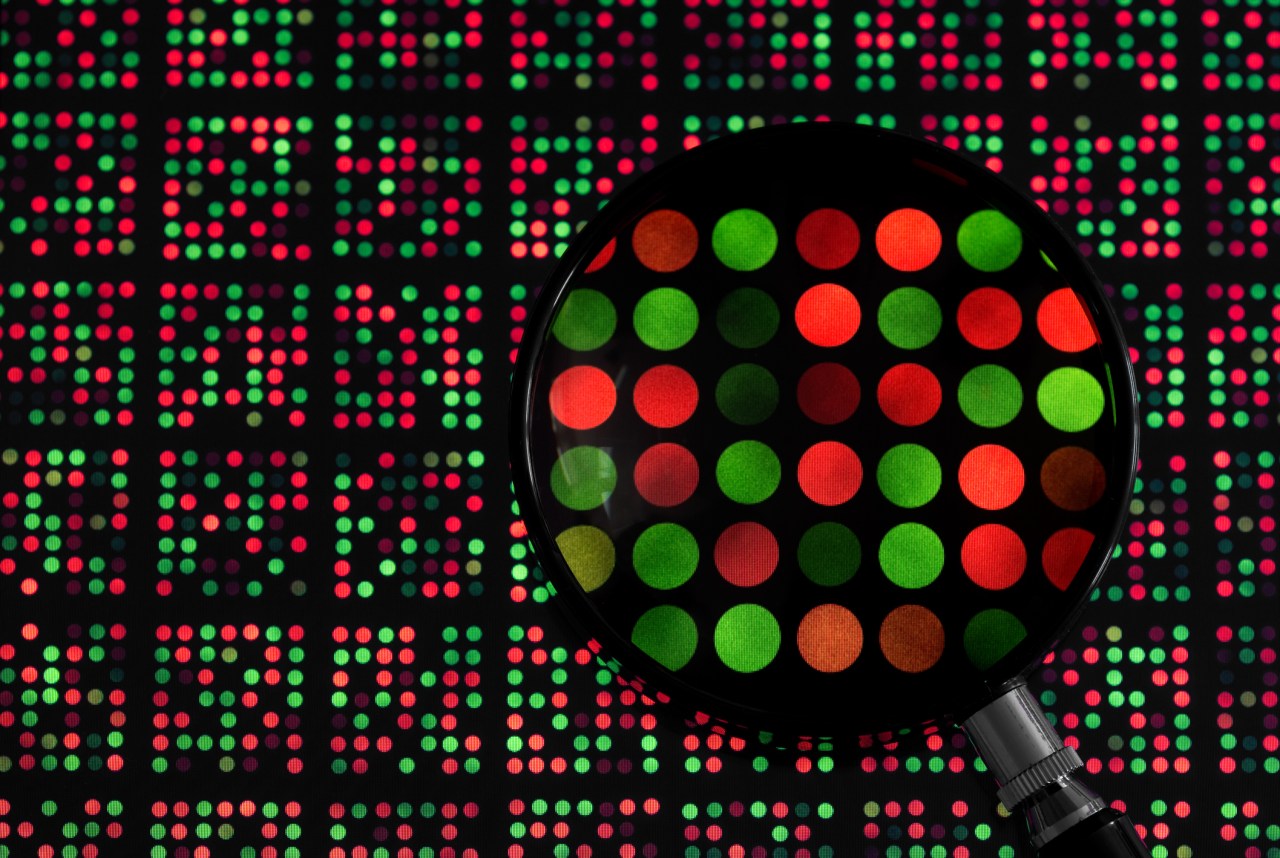In a remarkable turn of events, OpenAI has put the brakes on its AI text classifier, a tool that aimed to discern whether a piece of text was penned by humans or an AI. Despite its intentions, this tool was met with widespread criticism and ultimately deemed ineffective, leading to its recent retirement. As AI technology continues to advance rapidly, what does this closure signify for the field of AI text detection and the ethical implications surrounding it?
The Illusion of Accuracy
The notion that AI-generated text can be effortlessly detected seems compelling on the surface. However, the reality is much more complex. OpenAI itself acknowledged that the classifier had a “low rate of accuracy” in identifying AI-written text. Many educators and employers had become reliant on this tool for filtering out misleading content, often overlooking its limitations. Reports, like the one from TechCrunch, confirmed what many had suspected: AI-detection tools were hit or miss. In their tests, OpenAI’s classifier managed to identify just one out of seven AI-generated snippets, leaving users wondering just how reliable these technologies could be.
The Challenges of AI Detection
The rapid proliferation of language models complicates the task of detection. Given the sophistication of these models, differentiating between human and AI-generated text is becoming increasingly challenging. While some texts might exhibit unique characteristics, these are becoming less distinct as AI writing becomes more advanced. Furthermore, the attempted integration of detection tools into educational and professional settings can have unintended consequences, leading to a growing distrust in both AI and the assessments of individuals.
A Call for Better Solutions
Interestingly, the timing of this announcement coincided with OpenAI’s commitment to developing AI ethically and transparently, along with other major tech companies. This “voluntary commitment” focuses on creating robust watermarking and detection methods. Yet, for all the exciting dialogue around such advancements, tangible solutions are yet to surface. Experts in the field acknowledge that while the detection of AI-generated text remains a priority, there’s a long road ahead to find reliable mechanisms that can effectively distinguish AI content from human-generated material.
What Lies Ahead
The retirement of the AI classifier doesn’t signify the end of detection efforts; rather, it highlights the need for substantial improvements in technology. As the industry looks to the future, researchers are exploring new methodologies that could provide a more reliable understanding of content origin. For instance, integrating blockchain-like provenance techniques may offer promising routes for validating the authenticity of text. Such innovations could bridge the gap between AI capabilities and effective detection.
Conclusion
As the landscape of AI continues to evolve, OpenAI’s decision to retire its text classifier serves as a critical reminder of the challenges we face in distinguishing between human and machine-generated content. The need for accurate detection tools is evident, and the industry must rise to the occasion to develop methods that truly work. Cycles of innovation will be essential in building a more effective framework for AI ethics and transparency moving forward. At fxis.ai, we believe that such advancements are crucial for the future of AI, as they enable more comprehensive and effective solutions. Our team is continually exploring new methodologies to push the envelope in artificial intelligence, ensuring that our clients benefit from the latest technological innovations. For more insights, updates, or to collaborate on AI development projects, stay connected with fxis.ai.

